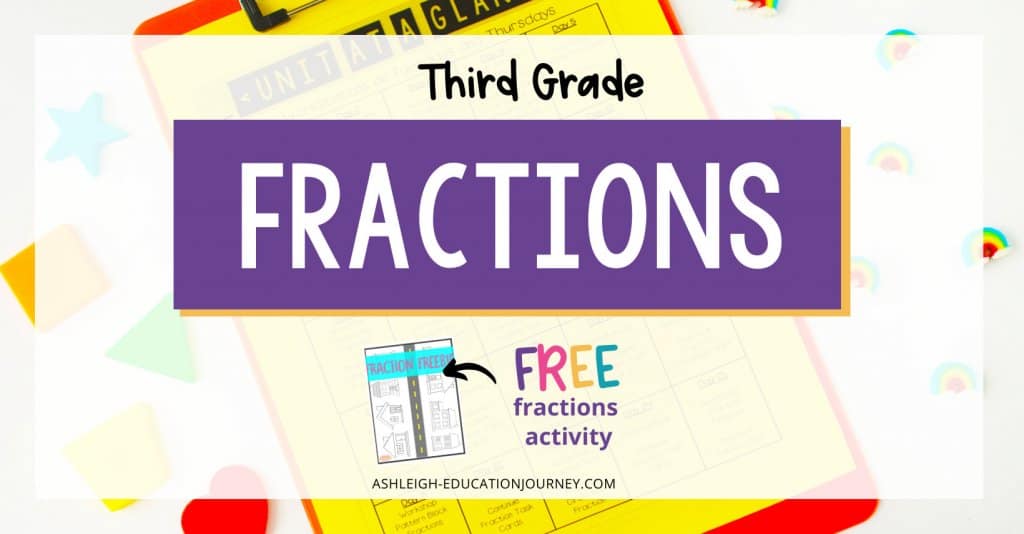
Fractions are such an important component of third grade math standards. In fact, I’ve been working diligently creating a new fraction unit specifically designed for teaching third grade fraction standards. The emphasis of the unit is conceptual lessons and teaching for understanding, but I’ve included plenty of games and practice pages too.
Unit at a Glance
I started the unit with a “Unit at a Glance” page that gave an overview on how and when to implement the lessons. Included two different versions: one with workstations on Tuesdays and Thursdays (which is what I do) and another without workstations.
I begin the unit by having students partition different shapes into equal parts. It always surprises me to see how difficult that is for students, and I often need to address various misconceptions.
The unit then progresses into having students identify and model fractions. I like to use a variety of shapes to give students a wide exposure of different types of fractions.

I incorporated a couple crafty fraction projects, just to keep it fun for students. They always enjoy the Fraction Sundae lesson, where they create a Sundae based on different fractions. If you think it’s too soon for fractions in a set, you can save this for later in the unit.

Then, I move students into fractions on a number line. I begin with teaching students how to zoom-in on a number line and how to partition the number line. Once I feel like students have a solid understanding of that, I teaching them how to identify fractions on a number line, as well as draw them on a number line.

Once I feel very confident in my students’ understanding of basic fractions, I begin to show students how to compare fractions. I always use fraction strips, and I allow students to use their fractions strips throughout the unit. I realize that my students won’t be able to use them on their state test, but at this point in the unit, they need the concrete experience. It’s also beneficial to have students compare fractions on a number line. This reinforces number lines and allows students to continue developing a mental number line.

While I’m teaching how to compare fractions, I also have students practice ordering fractions. In third grade we focus on fractions with like denominators or like numerators.

Equivalent fractions introduce themselves while students are learning to compare fractions. I do set aside extra time to focus on equivalent fractions. I continue to allow students to use their math manipulatives. However, many students no longer use the manipulatives.

Just like my other math units, I’ve incorporated a combination of conceptual math workshop lessons, skill building worksheets, as well as a few sets of fraction task cards. In the image below students match different representations of fractions. I don’t always include the fraction in a set image, but I know some teachers are required to teach that concept, so I included it.

These comparing fractions task cards reinforce how to compare fractions using different representations.

We did get the opportunity to complete one of my favorite fraction lessons where students have to find different fractional parts of pattern blocks. I love any math lesson that involves manipulatives, integrates writing, and covers multiple math topics!
You can check out the Fractions Unit here! I’ve also added an extra freebie to this post that contains one of my favorite fraction activities-Fraction Avenue! You can download the freebie here!
I also wanted to share a little worksheet that I made that I hope you can use. I’m going through my lesson plan notebooks, and I’m tweaking and adding to anything that needed updating, and I”ll be sure to share all of those with you!

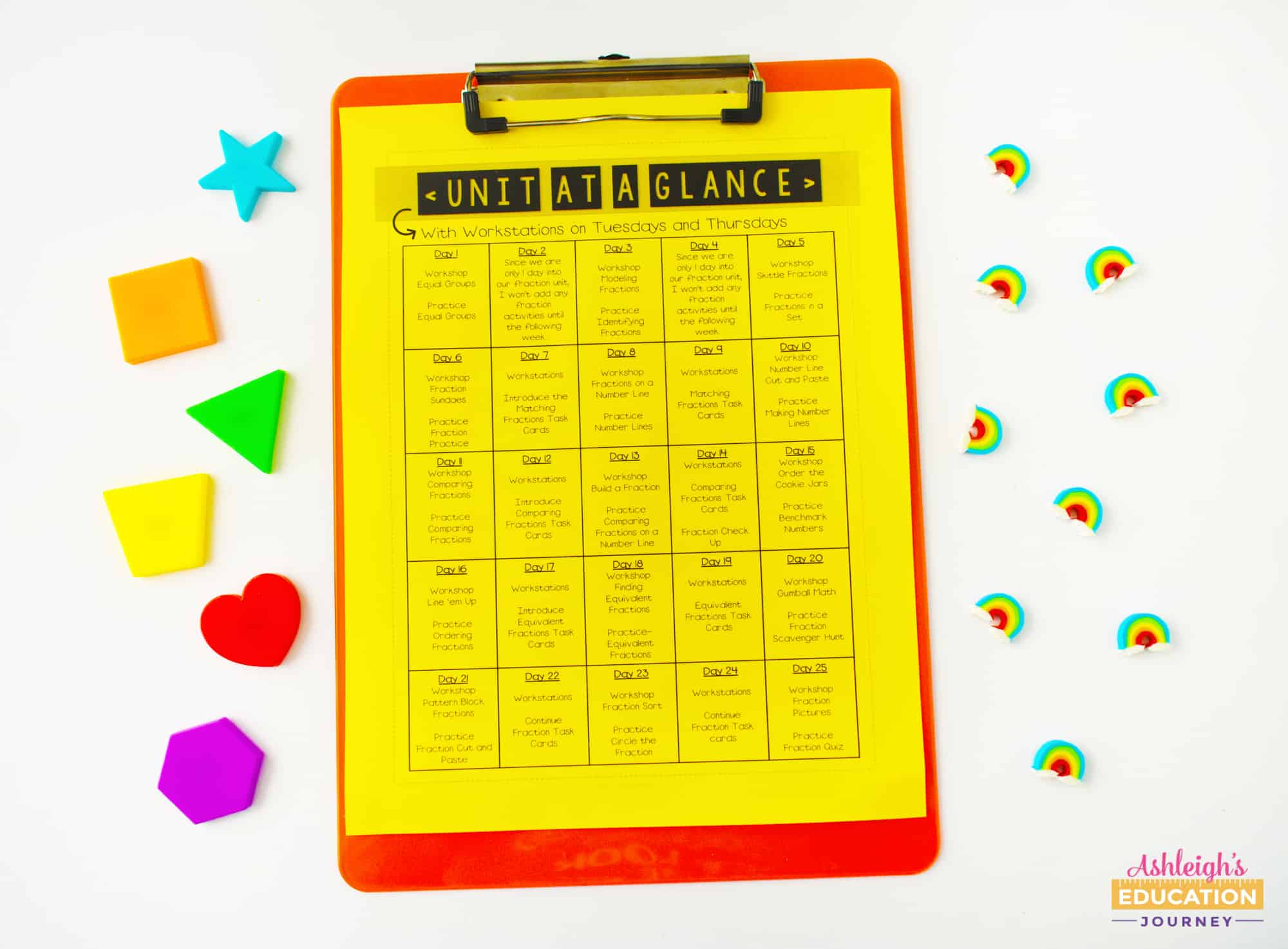
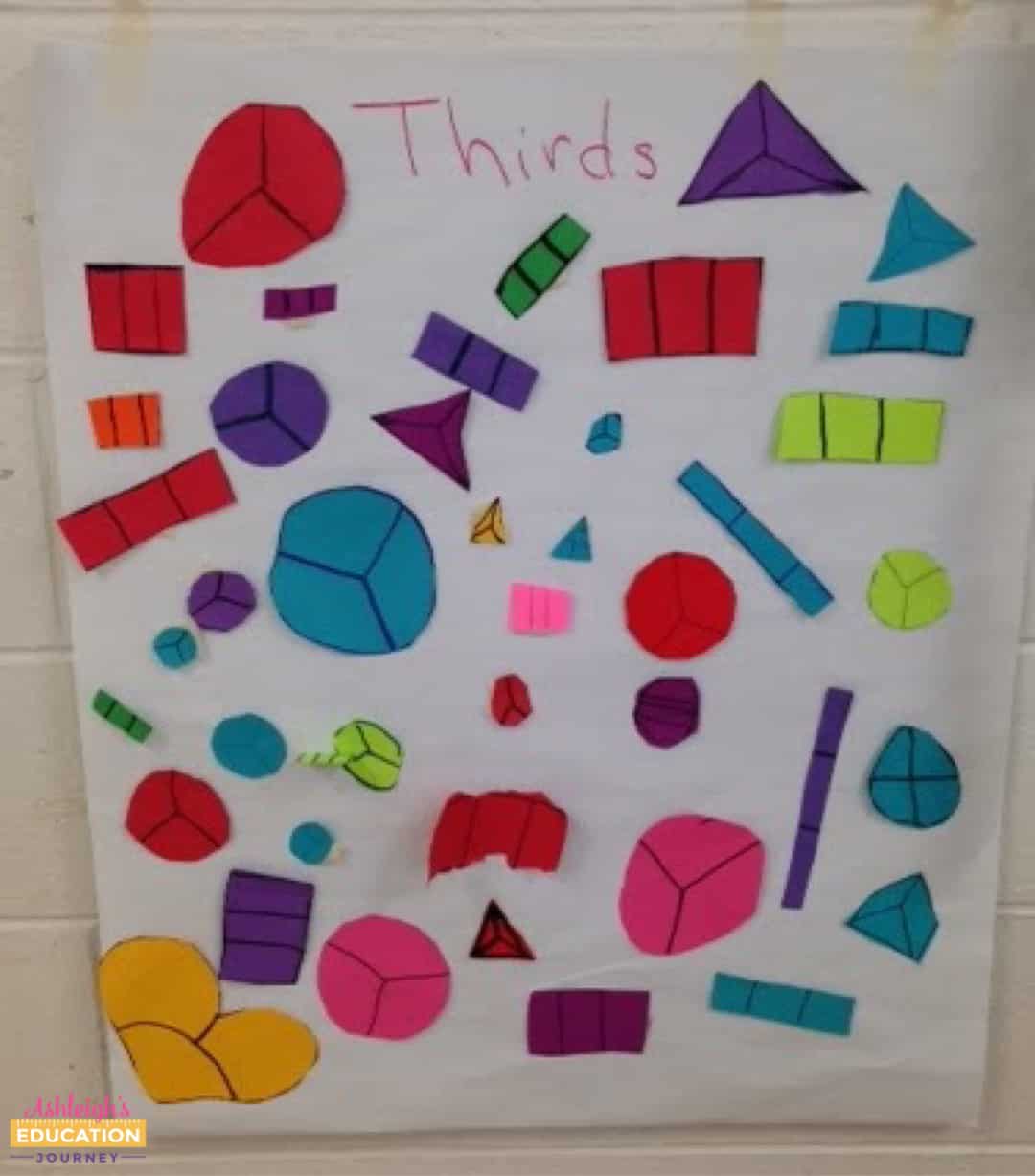
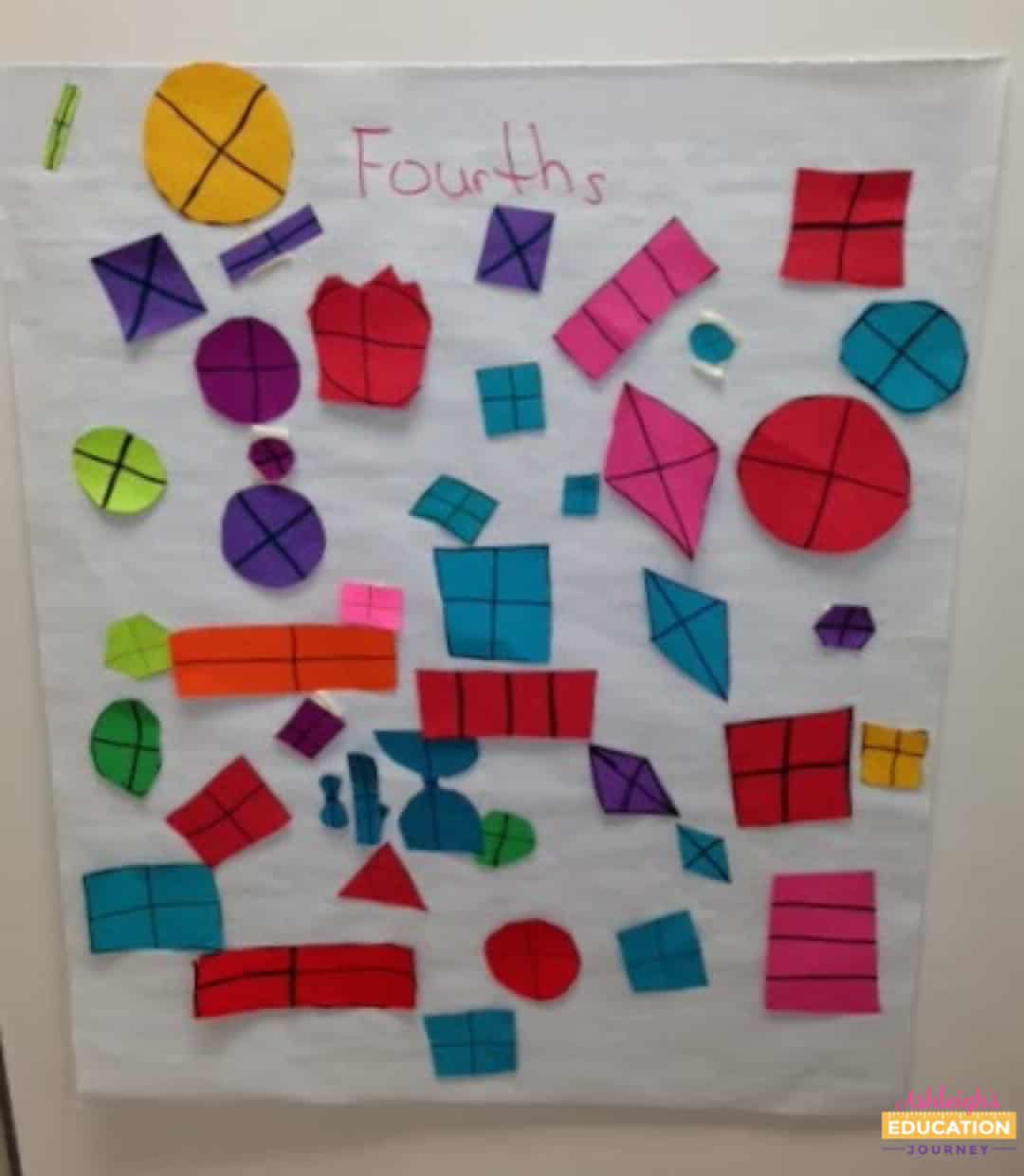
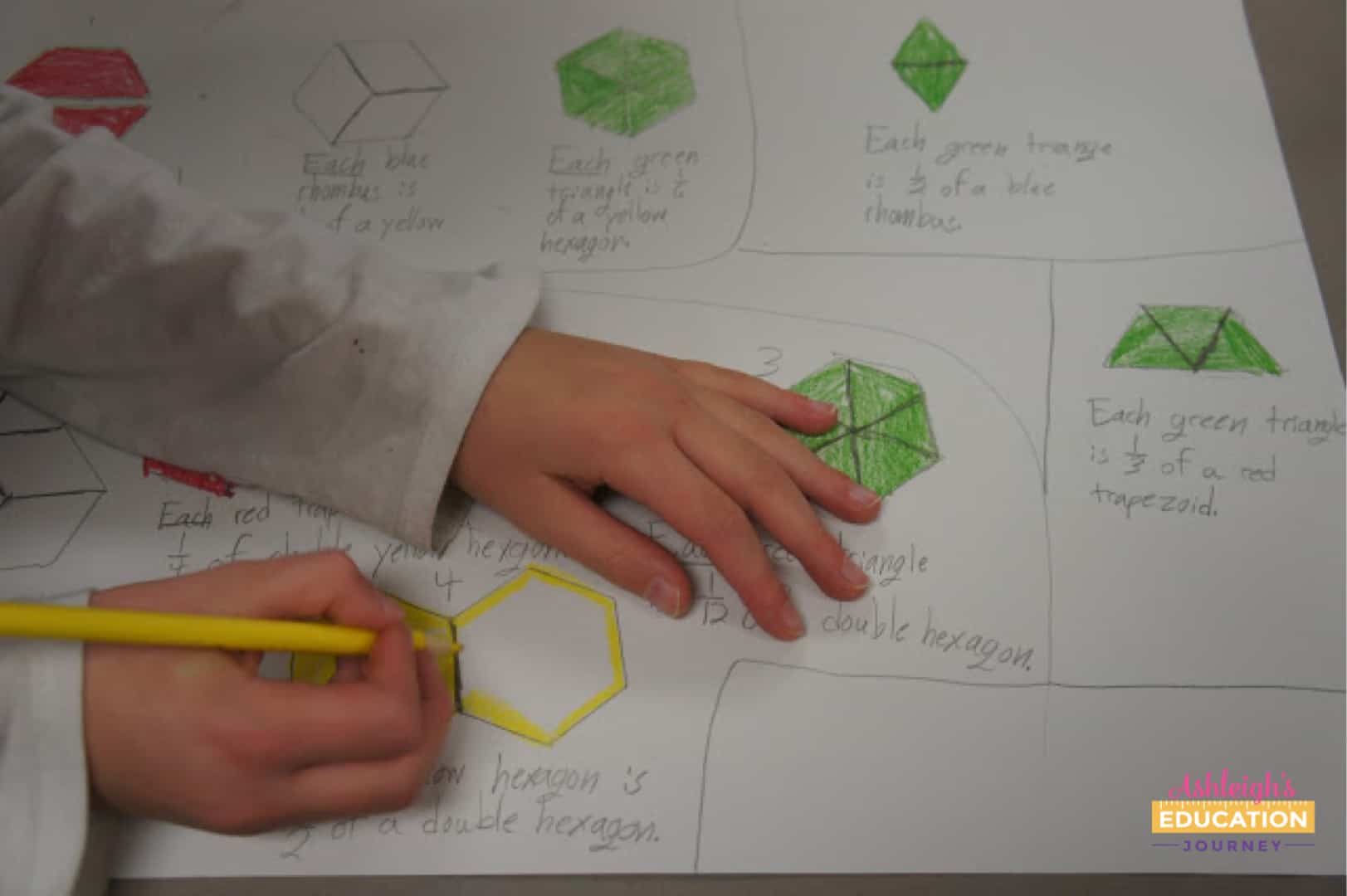
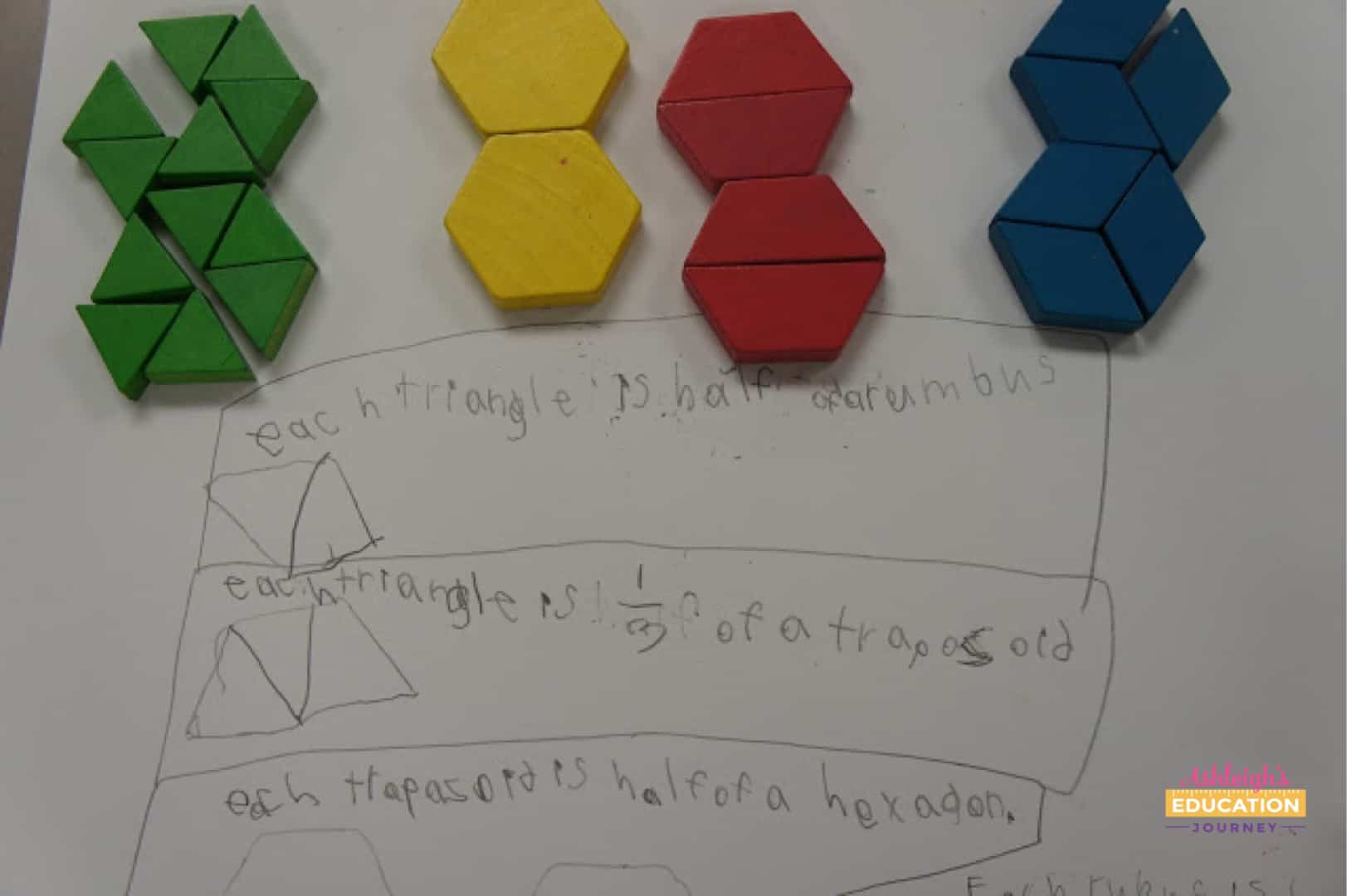
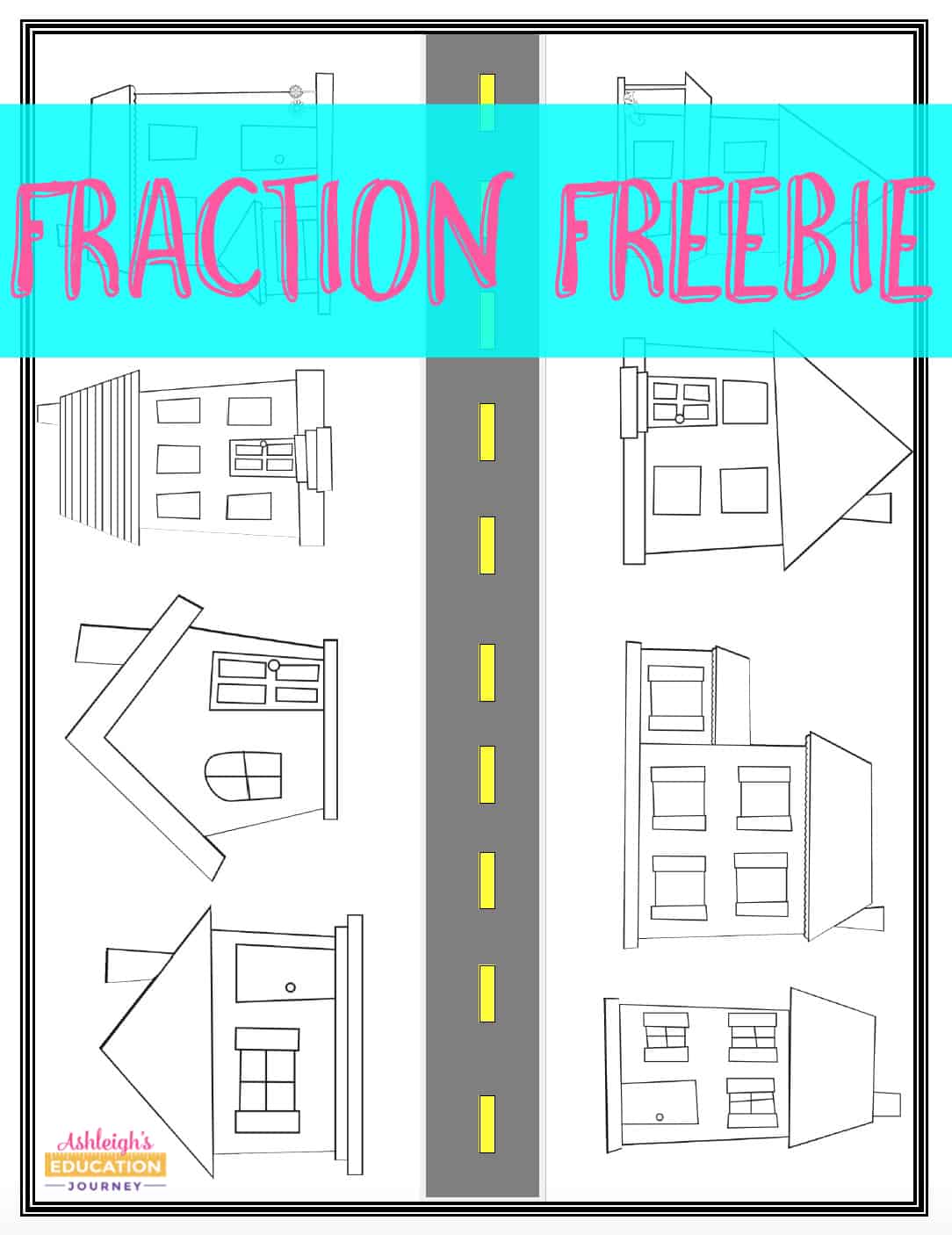
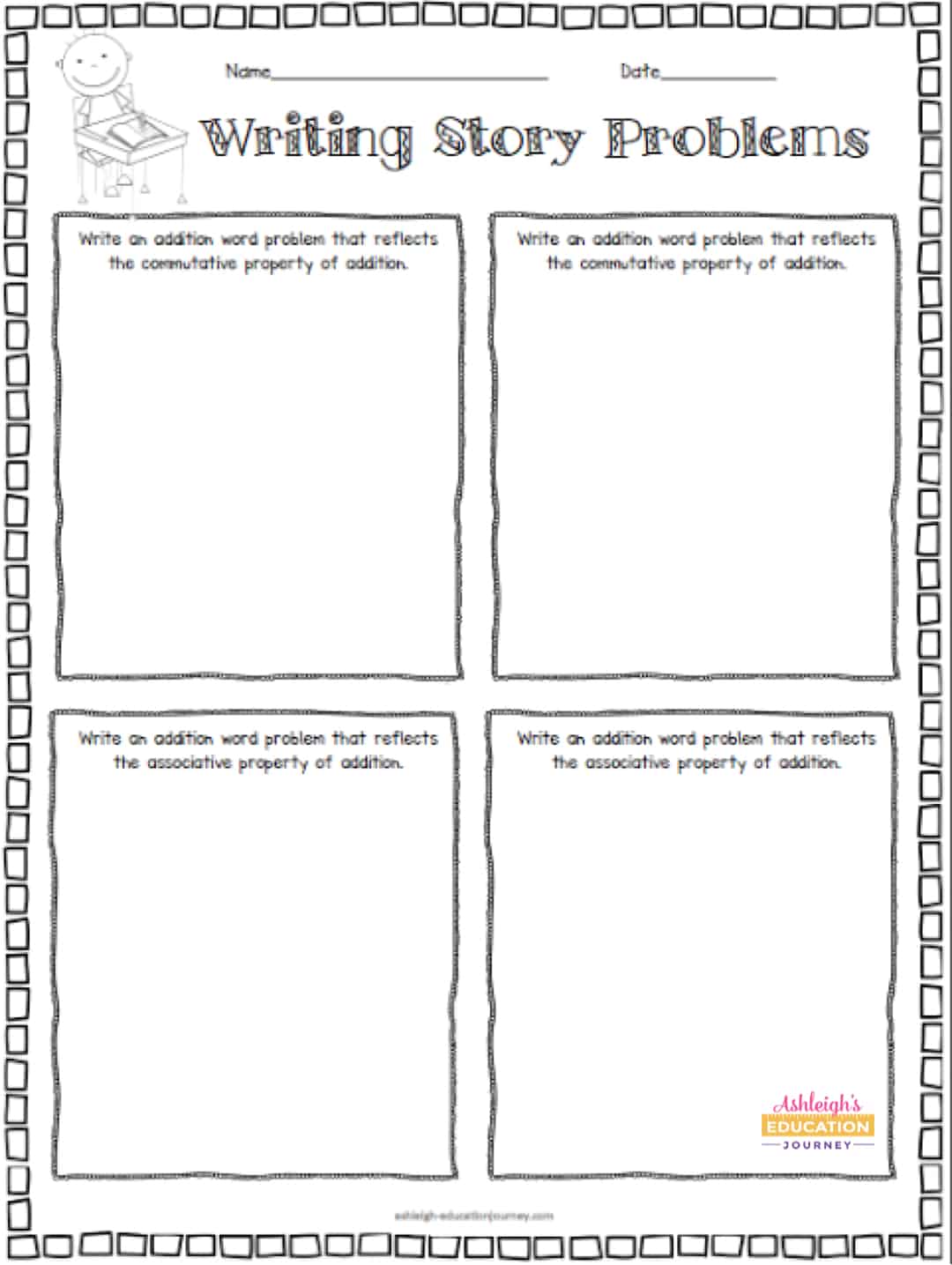


Pingback: Disguised Learning: K-3 Math - Boys & Girls Clubs
Pingback: 22 Fun and Free Fraction Games and Activities For Kids – Live News 2 Go Education
Pingback: 22 Fun and Free Fraction Games For Kids - Market Kindle
Pingback: 22 Fun and Free Fraction Games For Kids - Country Highlights
Pingback: 22 Fun and Free Fraction Games and Activities For Kids - Educational Feeds
Pingback: 22 Fun and free break games and activities for kids - NewsTimeMedia
Pingback: 22 Fun and Free Fraction Games and Activities For Kids - easynetwort.com
Pingback: 30 Fun Fraction Games for Kids - Emirates Education Platform
Pingback: 30 Fun Fraction Games and Activities for Kids – Consumers Advisory
Pingback: 30 Fun Fraction Games and Activities for Kids – Heroes News Network
Pingback: 30 Enjoyable Fraction Video games and Actions for Youngsters | Smart Online Life